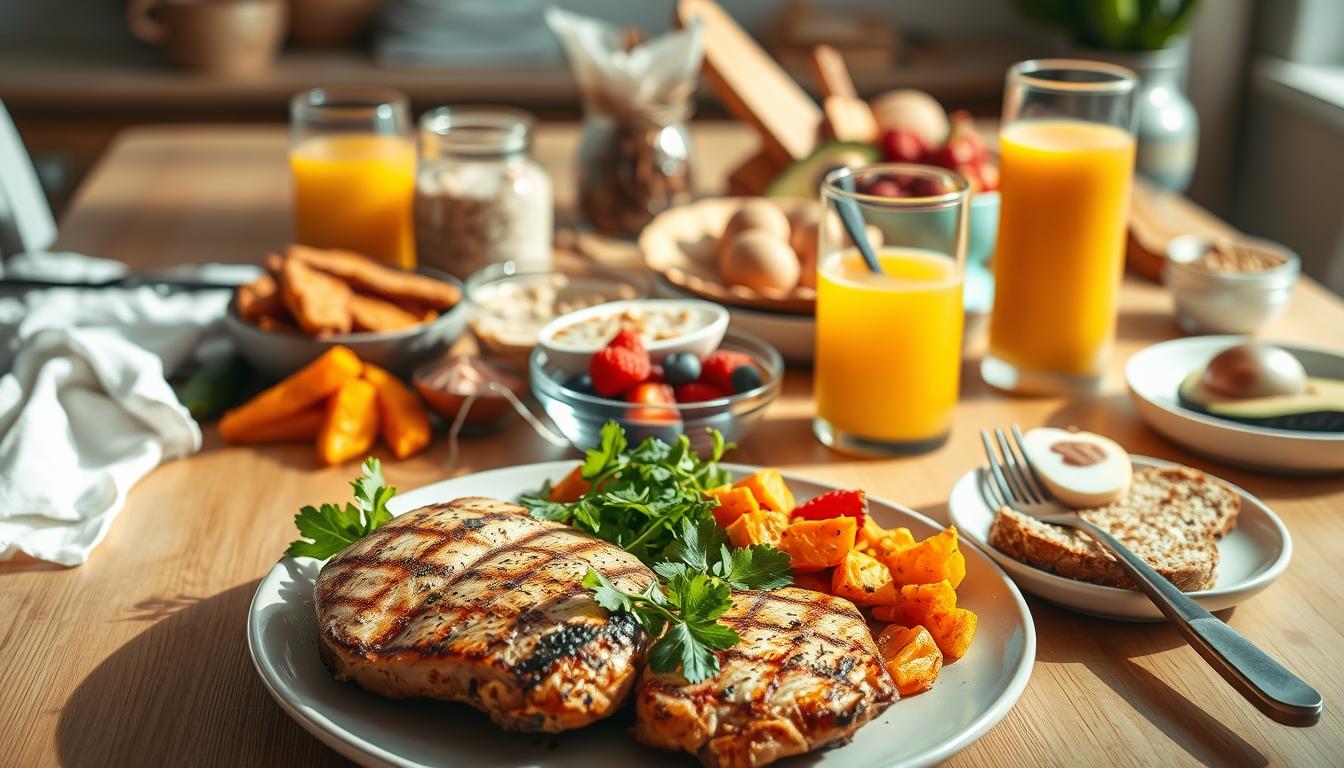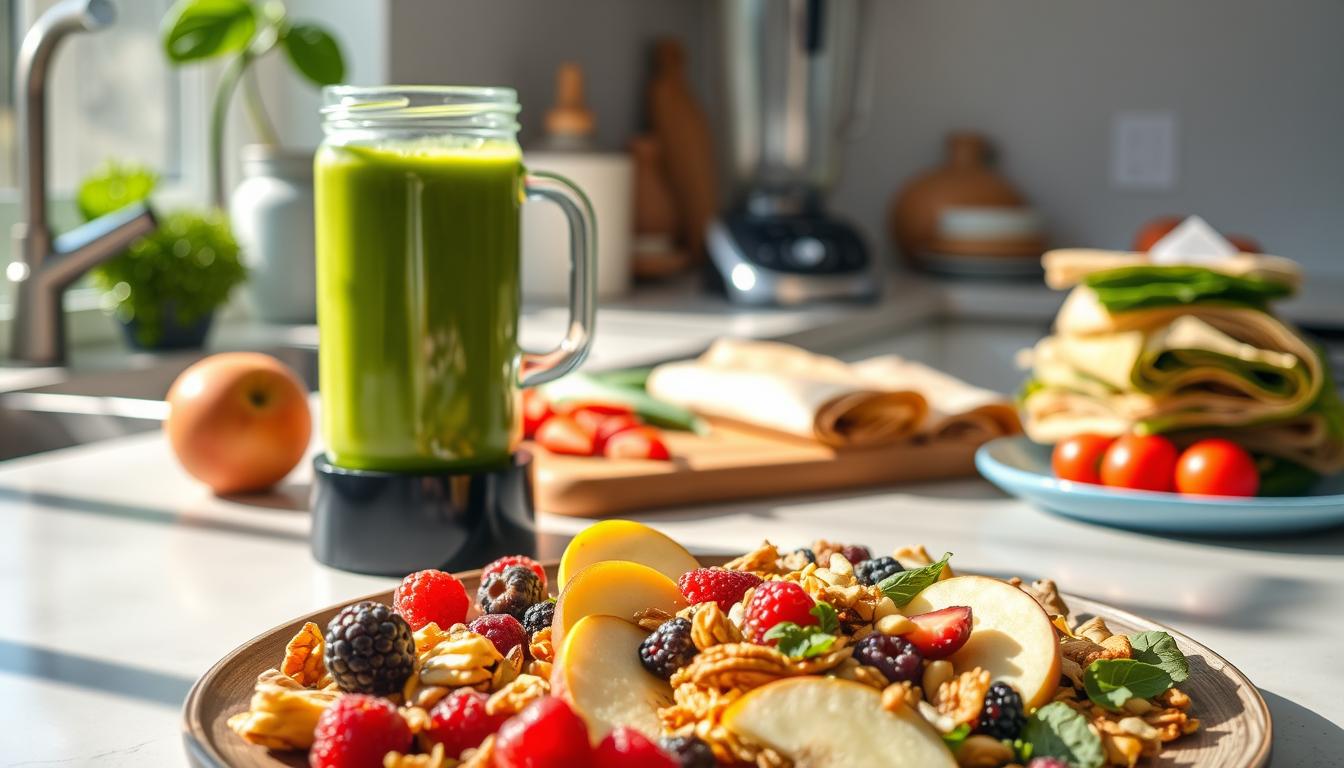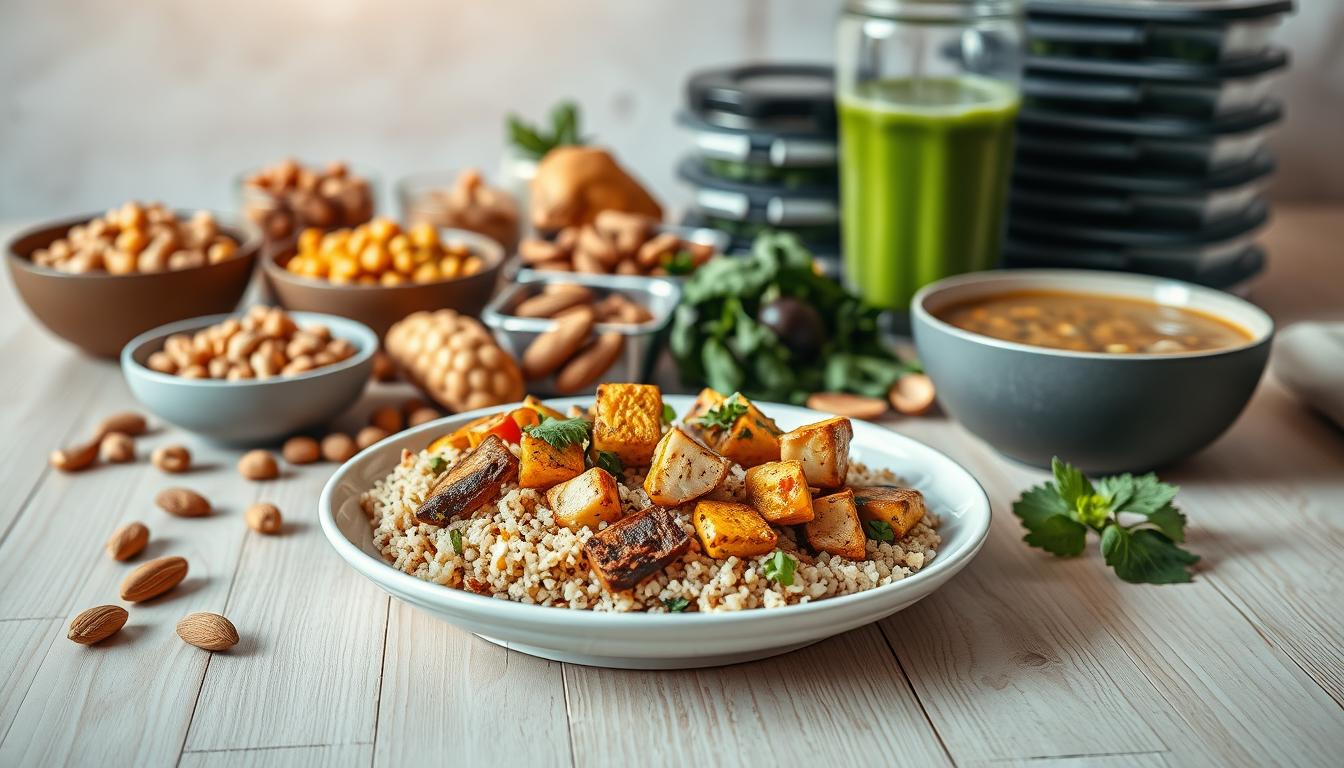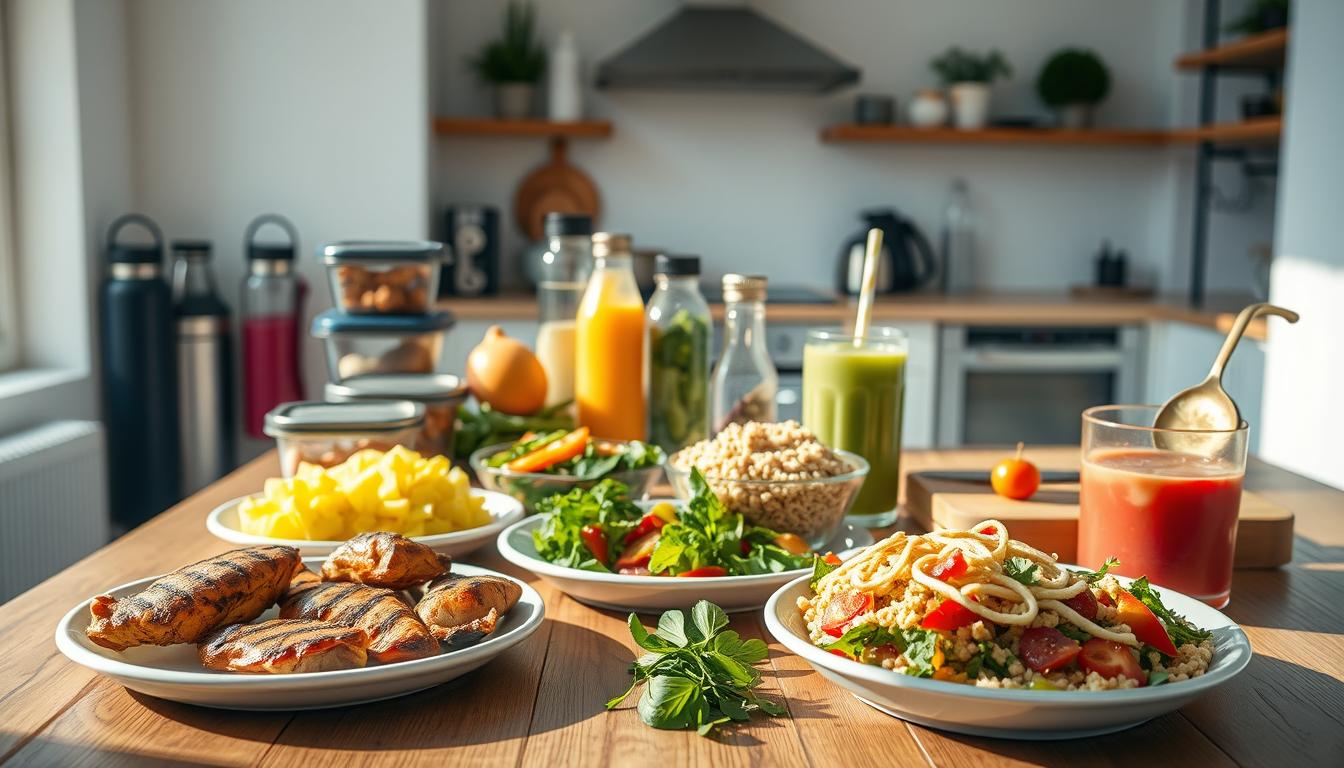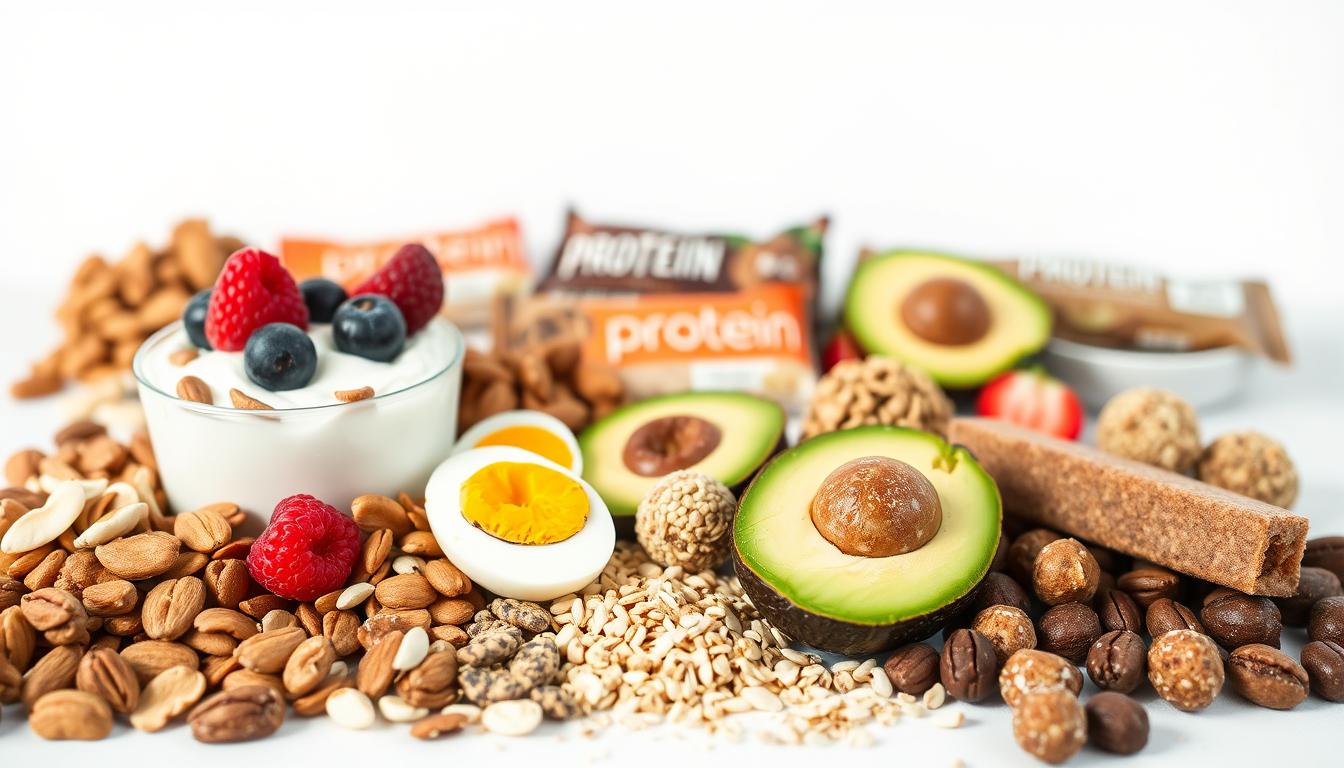The quest for the perfect pre-workout boost is a common challenge for fitness enthusiasts. Many turn to supplements to enhance their performance, but some products…
Author: Administrator
Refuel and Recover: Top Foods for Post-Workout Muscle Repair
After a strenuous workout, your muscles need the right nutrients to recover and grow. Research shows that proper post-workout nutrition can reduce muscle soreness by…
Fuel Your Workout: Top Pre-Workout Meals for Fat Loss
A well-nourished body is essential for a successful workout. Research shows that a proper pre-workout meal can significantly enhance exercise performance and boost fat loss….
Plant-Based Pre-Workout Meal Ideas
A well-planned pre-workout meal can significantly enhance athletic performance and endurance. Did you know that a study found athletes who consumed a balanced meal before…
High Protein Vegan Meals for Muscle Gain
A well-planned vegan bodybuilding meal plan is crucial for athletes looking to build muscle without consuming animal products. Despite common misconceptions, a vegan diet can…
Meal Prep Plan for Fat Loss and Muscle Gain
Achieving simultaneous fat loss and muscle gain is a challenging yet rewarding fitness goal. Research indicates that a well-structured nutrition plan is crucial for success….
Easy Meal Prep Recipes for Lean Muscle
Achieving lean muscle requires more than just a rigorous workout routine; it demands a well-planned nutrition strategy. Did you know that a balanced diet can…
Tasty High Protein Breakfast Recipes (No Eggs Needed)
Starting your day with a nutritious breakfast is crucial, and for many, a high-protein meal is the key to maintaining energy levels throughout the morning….
Easy High Protein Snacks for Weight Loss
Did you know that incorporating healthy protein snacks into your diet can significantly enhance your weight loss journey? Protein-rich foods help build and repair muscles,…
Start Your Day Right: Best Morning Habits for All-Day Energy
Did you know that how you start your morning can significantly influence your energy levels throughout the day? Research suggests that incorporating the right routines…


